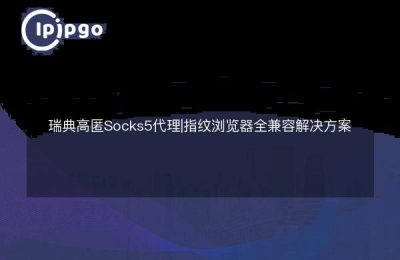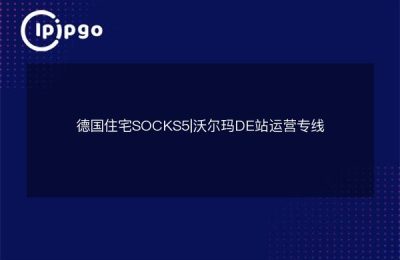
socks5 proxy ip format
When configuring a socks5 proxy, you first need to understand the format of the socks5 proxy ip. socks5 proxy ip generally consists of an ip address and a port number, for example: 127.0.0.1:1080. where 127.0.0.1 is the ip address of the proxy server, and 1080 is the port number of the proxy server. When using socks5 proxy, you need to configure this ip address and port number into the corresponding software or network settings.
How to configure socks5 proxy
The following is an example of how to configure a socks5 proxy using a browser and Python's requests library.
1. Browser configuration: open the browser settings, find the network settings or proxy settings, choose to manually configure the proxy, enter the format of the socks5 proxy ip: 127.0.0.1:1080, save the settings.
2. Python requests library configuration: When using the requests library to send requests, you can specify the socks5 proxy through the proxies parameter, sample code is as follows:
ipipgothon
import requests
proxies = {
'http': 'socks5://127.0.0.1:1080',
'https': 'socks5://127.0.0.1:1080'
}
response = requests.get('http://example.com', proxies=proxies)
print(response.text)In the above code, by setting the proxies parameter, you can use the socks5 proxy to send requests.
Through the above introduction, I believe you have a clearer understanding of the format of the socks5 proxy ip and how to configure the socks5 proxy, and I hope it will help you.
In the network world, we often need to use proxy servers to protect privacy and speed up network access. And mastering the socks5 proxy ip format and configuration method, we can better apply the proxy service to make our network experience more enjoyable. Cheer up!








